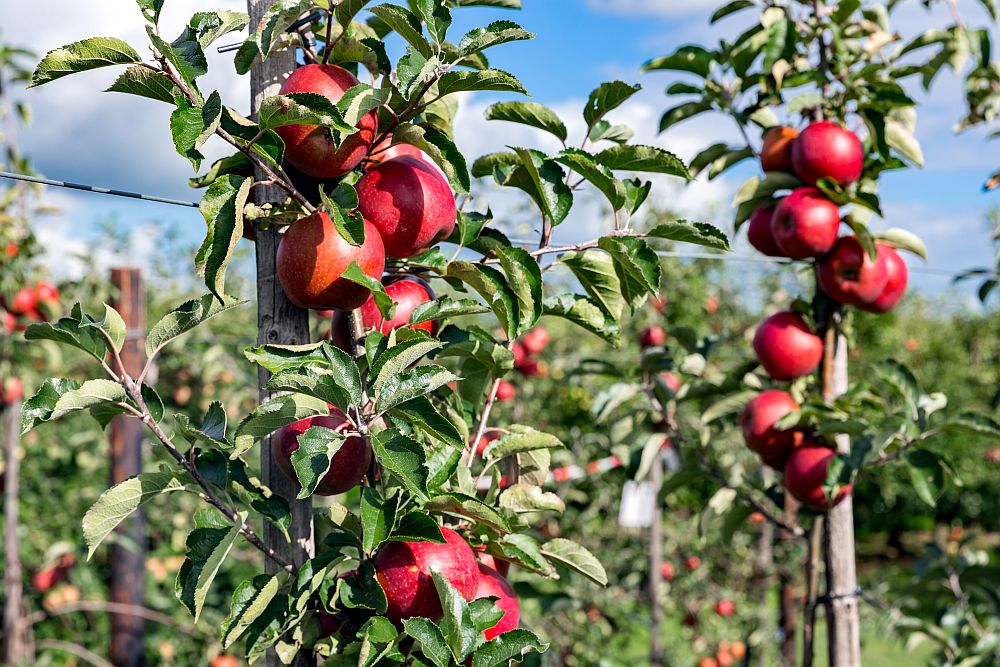
[Image above] Appearance of the sintered glass-ceramic samples made from coal and rice husk ashes. Credit: Dávalos et al., Boletín de la Sociedad Española de Cerámica y Vidrio (CC BY-NC-ND 4.0)
When considering materials to use for making glass, poop is probably the farthest material from your mind. But for some high school students in Pennsylvania, chicken manure ended up being the key to their success, as explained by Adelle Schade, director of the Science Research Institute at Albright College.
“So, we had the Secretary of Agriculture for the State of Pennsylvania come to talk to the [Science Research Institute] students … he told us, ‘Hey, this chicken manure in Pennsylvania, it’s the number one problem in agriculture. It’s leaching into the Chesapeake. It’s huge problem. Stay away from biofuels and fertilizer and figure out something else to do with it.’ And so these students have been working with bioactive glass so much that they knew the chemical composition. They looked at the chemical composition of chicken manure, and it’s almost identical. So they said, ‘If these two things are kind of the same, shouldn’t we be able to make glass out of that?’ … [So] we went to Ursinus College and had the research furnace there and it works.”
Schade was the guest on the August episode of ACerS’ monthly podcast Ceramic Tech Chat. As her quick-thinking students showed, waste management works best when you look beyond the current material in front of you and instead consider what it could become.
In a recent open-access article published this May, researchers in Colombia and Spain also chose to look beyond the material in front of them to tackle one of the industrial waste problems in Colombia—rice husk and coal ashes.
“In Colombia, industrial wastes such as rice husk or coal ashes are not being used and are disposed of in uncontrolled landfills generating high environmental impact. There is a significant interest in finding applications for the development of value-added products,” the researchers from University of Valle (Colombia) and Eduardo Torroja Institute for Construction Science (Spain) write.
Like the students, the researchers realized that the chemical composition of these wastes are similar to the makeup of certain glass-ceramic materials.
Glass-ceramics are ceramic materials formed through controlled nucleation and crystallization of glass. Previous studies have used glass-ceramics to stabilize and reduce the volume of solid wastes by 20%–97% depending on their nature, and the researchers of this study looked to build on that past research.
They obtained coal ash from the Lago Verde brick company (southwestern region of Colombia) and rice husk ash from the La Esmeralda rice company in the town of Jamundí. After crushing the ash and commercial calcium hydroxide in a ceramic ball mill, they mixed the powder with the network modifier zinc oxide (ZnO) and sodium tetraborate (Na2B4O7), which acts as the fluxing agent and decreases the viscosity of the molted material. They then melted, molded, and sintered the mixture to obtain glass-ceramics in the (Na2O)–CaO–Al2O3–SiO2 system.

Procedure used to prepare coal ash–rice husk ash-based glass-ceramics (CA: coal ash, CH: calcium hydroxide, RHA: rice husk ash). Credit: Dávalos et al., Boletín de la Sociedad Española de Cerámica y Vidrio (CC BY-NC-ND 4.0)
The synthesized glass-ceramics had densities of 2,607–2,739 kg/m3, water absorption below 0.1%, Vickers hardness above 600 MPa, elastic modulus of about 96 GPa, and fracture toughness Kic of 0.39–0.59 MPa m1/2. In addition, the chemical durability of the glass-ceramics exposed to HCl and NaOH was considered excellent (approximately 0.5 mg/cm2).
Thus, “these glass-ceramics can be good candidates for different applications in the construction sector,” the researchers conclude.
The open-access paper, published in Boletín de la Sociedad Española de Cerámica y Vidrio, is “Preparation of glass-ceramic materials from coal ash and rice husk ash: Microstructural, physical and mechanical properties” (DOI: 10.1016/j.bsecv.2020.02.002).
Author
Lisa McDonald
CTT Categories
- Environment


